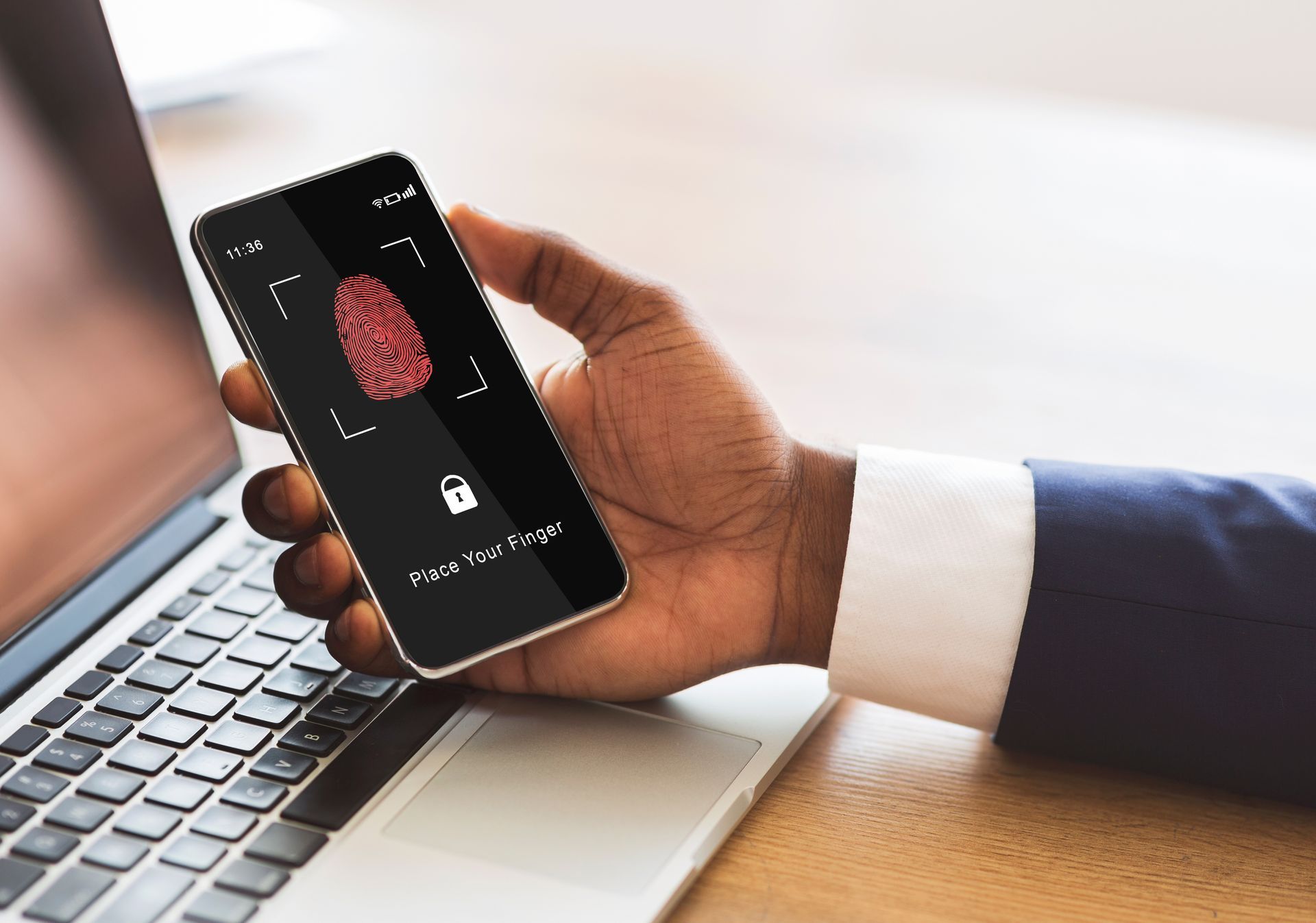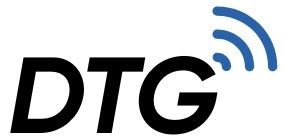Dedicated Telecom Group
Blogs

Cybersecurity October is Cybersecurity Awareness Month — a crucial reminder that threats evolve, attackers innovate, and organizations (big & small) must stay alert. In a world where remote work, cloud computing, and third-party ecosystems have become standard, many businesses think “we’re too small” or “we’re not a juicy target.” The truth: you are a target, especially if your defenses are lagging or mis-aligned with your exposure. Common Gaps Businesses Face Weak identity and access controls (too many users with excessive rights) Inadequate threat detection & response (no 24/7 monitoring; slow reaction time) Poor or outdated compliance (HIPAA, NIST, ISO, CMMC etc.) Suppliers whose tools are poorly integrated or not vetted How Dedicated Telecom Group Helps Close Those Gaps At Dedicated Telecom Group, we provide full-spectrum cybersecurity: Offensive Security, Compliance & Risk Management, Threat Detection & Response, IAM, and Remediation. Our managed services give you real-time monitoring, audit-ready compliance support, and faster remediation when vulnerabilities are found. Supplier & Partner Advantage Dedicated Telecom Group has access to a portfolio of vetted cybersecurity suppliers. Our model lets Dedicated Telecom Group (and you) pick best-of-breed tools that have been evaluated for security, support, and certifications. When Dedicated Telecom Group recommends a solution, you get pre-vetted suppliers, better integration possibilities, and often better price / SLA due to the supplier network. Key Takeaways for October Use this month to perform a cybersecurity health check. Get stakeholder buy-in — cybersecurity isn’t just an IT issue. Lean on experts like Dedicated Telecom Group to map risks and build a roadmap. Choose vetted suppliers that integrate and scale.

The Future of Cybersecurity is Human + AI Cybersecurity is evolving faster than ever. New threats emerge daily, and traditional defenses alone can’t always keep pace. The future of security lies not in choosing between human expertise or artificial intelligence (AI)—it’s about combining both into a proactive, unified defense. At Dedicated Telecom Group (DTG), we help organizations bridge this gap by delivering services that integrate cutting-edge AI technology with expert human oversight. Our solutions are designed to detect threats faster, respond smarter, and protect your business from evolving cyber risks. AI-driven tools can analyze vast amounts of data in real time, spotting unusual activity—from suspicious logins to irregular network patterns—faster than any human could. But AI is not infallible. Without human judgment, it may misinterpret signals or miss contextual nuances that indicate a real threat. That’s why DTG emphasizes a human + AI approach: Managed Detection and Response (MDR): Our cybersecurity experts monitor your systems 24/7, leveraging AI to identify threats and human expertise to validate and respond appropriately. Proactive Threat Hunting: AI automates repetitive monitoring, while our security team investigates complex anomalies, uncovering hidden threats before they impact your business. Strategic Security Planning: Our professionals use insights from AI analytics to guide security policies, compliance initiatives, and incident response plans tailored to your environment. This partnership also helps address the cybersecurity skills gap, which leaves millions of positions unfilled worldwide. By automating repetitive tasks, AI allows DTG’s human experts to focus on higher-value work—investigations, strategic planning, and continuous improvement—maximizing your security posture. The most effective cybersecurity programs of the future won’t view AI as a replacement for people. Instead, they will treat AI as a force multiplier: accelerating threat detection, improving response times, and scaling limited human resources. DTG helps your team harness this synergy, ensuring you’re not just reacting to incidents but proactively strengthening defenses. At Dedicated Telecom Group, we believe the future of cybersecurity is about building trust, resilience, and operational confidence. By blending AI-driven tools with human expertise, we help businesses navigate a digital-first world with security that’s smart, adaptive, and human-centered. Cybersecurity isn’t humans versus AI—it’s humans + AI, working together. With DTG’s solutions, you gain the speed of AI, the insight of experts, and the peace of mind that comes from a security partner who protects both your business and your customers.

Compliance & Risk Compliance is often seen as a headache — acronyms like NIST, HIPAA, CMMC, or ISO feel like alphabet soup. But in reality, strong compliance and risk management don’t just reduce liability; they build trust and resilience. The Challenges Companies Face Regulations evolve constantly, and many businesses struggle to keep up. 48% of businesses report frequent insider attacks, showing that risk isn’t just external. Vendors and suppliers may have weak security, creating third-party vulnerabilities. Documentation is inconsistent, making audits stressful and expensive. Why Compliance is a Business Advantage Proof of trust — Customers and partners increasingly require proof of compliance. Fewer surprises — Regular risk assessments catch problems early. Resilience under pressure — Organizations that invest in compliance can respond faster when issues arise. Better decision-making — Risk management clarifies where to prioritize investments. The Cost of Falling Behind The average cost of a data breach continues to rise globally — and many of those costs are driven by slow detection, poor preparation, or fines for non-compliance. Supplier & Partner Advantage Dedicated Telecom Group works with suppliers whose solutions meet stringent compliance standards, helping clients align security and risk programs with business objectives. That means less scrambling, fewer penalties, and more confidence when auditors or clients come calling.

Detection & Response Even with solid defenses, determined attackers will eventually find a way in. The real question is: how quickly will you know — and how quickly can you respond? The Reality of Dwell Time The average time to detect a breach is around 204 days, and the average time to contain it is another 73 days. That’s more than nine months in total — plenty of time for attackers to explore, steal, and escalate. Every day lost compounds the damage. Why Organizations Struggle Too many alerts and not enough context lead to “alert fatigue.” Blind spots in monitoring — endpoints, mobile, or cloud workloads — create gaps. Incident response plans often exist on paper but aren’t tested. Teams lack visibility across different security tools. Steps to Improve Detection & Response Centralize monitoring through a SIEM or integrated platform. Prioritize alerts — define what’s critical and automate escalation. Run tabletop exercises so your team knows exactly what to do. Measure MTTD (Mean Time to Detect) and MTTR (Mean Time to Respond) — and set goals to reduce them. Human Risk Factor Research shows 74% of breaches involve the human element, whether through phishing, credential misuse, or error. That means fast detection isn’t optional — it’s the only way to contain the inevitable slip-up. Supplier & Partner Advantage Dedicated Telecom Group helps clients access pre-vetted platforms for detection and response that integrate across endpoints, cloud, and network. With proven solutions and tested support, organizations can act faster and contain threats before they spiral.

Identity & Access Management Identity has become the new perimeter in today’s hybrid workplace. Employees, contractors, and even systems all require access to sensitive resources. The problem? Credentials are also one of the weakest links in cybersecurity. The Scope of the Problem According to Fortinet research, 86% of breaches involve stolen or compromised credentials. Attackers no longer need to “hack in” — they just log in with information stolen from phishing emails, data dumps, or reused passwords. Once inside, it often takes organizations months to realize something is wrong. In fact, studies show it takes an average of 200–210 days to detect a breach. That’s more than half a year of free access for a cybercriminal. Common Weaknesses in IAM Stale accounts: Users who’ve left still retain active logins. Excessive permissions: Employees often keep access to systems they no longer need. Password reuse: One leaked password can unlock multiple accounts. Lack of MFA: Many organizations still don’t require multi-factor authentication across critical systems. Best Practices for Stronger IAM MFA everywhere — It’s one of the easiest and most effective defenses. Least privilege — Employees should only have access to what they need, nothing more. Automated provisioning & de-provisioning — Reduces human error and closes accounts promptly. Regular audits — Permissions should be reviewed and updated, not assumed. Supplier & Partner Advantage At Dedicated Telecom Group, we help clients not only design IAM policies but also select solutions from a vetted portfolio of suppliers. These tools are tested for security, integration, and compliance, so you can enforce identity controls with confidence.



